Taking a step back to identify your real lifestyle needs and giving due consideration to them as you short-list locations for your home in Mexico —instead of becoming seduced by enthusiasm and opinions that oscillate with changing temperaments— will help you to choose a place that serves your intentions while protecting your resources and long-term property investment.
This article highlights significant practical aspects to consider when you’re preparing your short-list of potential places to live in Mexico.
Accessibility, transport, and telecom links
Mexico has excellent transport links including roads, tolled highways, bus stations and airports; most Mexican towns and cities where foreign residents invest are well served by these.
If you’re dependent on internet services for work, then you should check the availability of internet services if you’re scouting for a home situated in (semi)rural or remote areas; reliable high speed internet via satellite is available, but it costs more.
Small towns and villages in rural areas may appear like idyllic lifestyle choices, but local roads may be challenging to navigate; street lighting may be limited or non-existent, and a remote rural home requires you to consider your security arrangements as these houses can make easy pickings for burglars—especially when you’re away.
Consider also how often you intend to travel, as well as how your location is served by transportation in respect to friends and family (possibly living outside of Mexico) who want to visit you. Rural and semi-rural areas in Mexico may be served by local roads which take longer to travel across and the nearest airport or bus station might be a significant distance away—requiring more time and effort for you to get around and for others to visit you.
The effects of local topography
Mexico is a mountainous country, and some excellent places to live in are built —quite literally— into the side of a mountain. The colonial cities of Taxco and Guanajuato are good examples of this.
Consider how you will negotiate walking up and down steep, possibly cobbled, streets—sometimes wet from the rains. Some beautiful colonial homes may be built on several levels due to the local mountain topography they are situated on.
If your current health requires you to live in a relatively flat area, or you sense that steep hills and cobblestones may pose physical challenges as you age, consider the location’s topography in your deliberations.
Coping with the year-round climate
There’s a significant difference between going somewhere for a short vacation and living in that location’s climate throughout the year. Some places that are warm in the summer can get quite cool or cold in the winter; and others which offer perfect weather in the winter can become oppressively hot and humid in the summer.
Consider the differences between the sea-level coastal and high-altitude mountain climates Mexico offers—and consider the year-round climate cycles, not just those experienced in any given month or season.
Climate influences us every day: it would be a pity to invest in a property purchase and discover afterwards that you’re just not suited to its location’s climate.
Assess the local services and amenities
Consider what local amenities exist (or may exist soon) including shops, markets, restaurants, cafés, cultural centers, as well as social and leisure facilities.
Availability of, and ease of access to, helpful local services and amenities has a significant impact on the attractiveness of a location. Ready access to local amenities provides practical support every day, and meeting local people to develop new friendships requires spaces and venues to facilitate those opportunities.
Small rural towns with few amenities nearby are not likely to attract many future buyers (foreign residents or Mexicans) as most people want to be within easy reach of services, shops, and social amenities they like to use regularly.
Unless you purposely seek a reclusive lifestyle, paying attention to local amenities —not just in quantity but in quality— will share clues as to the attractiveness to others of a place; this will become especially relevant when you eventually decide to sell your house and move.
Consider your life stage and everyday needs
Our needs evolve as we grow older and our life situations change. It’s a good idea to pause and take stock of your present lifestyle needs as well as likely needs in the years ahead.
It’s easy to mistakenly assume that what you needed yesterday you will need tomorrow, and it’s also easy to overlook emerging new needs when you are in the throes of choosing a different place to live.
Beware of the trap of placing false importance on features, amenities and services which you are not likely to make proper use of —or use only very occasionally— while simultaneously ignoring the absence of things in the locality that are genuinely important to your needs and wellbeing.
Your location ought to provide the things that are most important to you and your life situations every day; as the saying goes, “the most important thing is to know what is most important.”
Consider social, cultural, and community aspects
Local amenities and civic organizations are among the fundamental building blocks which define any thriving local community, and while practical aspects of a location including transport accessibility and the availability of local services and amenities are important, it’s also wise to consider the social, cultural, and community aspects of the location(s) you are considering as part of a lifestyle move.
Assessing whether a location will serve your social and cultural needs and the potential impact that a move there will have on you requires knowing yourself—and yourselves if you are thinking about moving with a partner or family.
Knowing yourself, considering your life stage and intentions, and comprehending your present and foreseeable needs will enable you to consider potential places in balance and help you to make a location choice based on things that matter instead of potentially misplaced notions about a location’s attractiveness.
When you’re short-listing places for potential settlement in Mexico, take some time to explore and discover the local social, cultural and community scenes and then step back to pause and ask yourself whether the location’s character and composition in regard to these facets are likely to align with your character traits and evolving lifestyle needs.
If socializing is an important aspect of your lifestyle, consider how the composition of the location’s community groups will influence this in your daily life. For example, most rural villages and hamlets in Mexico don’t have foreign residents living in clusters that form local ‘expat’ communities of they type which can provide an immediate ‘community of interest’ and by extension social support in the locality. By contrast, some other places (for example, Lake Chapala and San Miguel de Allende) have large and long-established communities of foreign residents—but for some, this level of concentration is overwhelming.
If you need ample cultural amenities to support your wellbeing, for example, ready access to art galleries, music halls, theater and dance, spirituality and well-being centers, as well as other cultural events, consider how the locations you’re short-listing provide for those—or how far you’ll need to travel (round trip) to access them.
For some people considering a move to Mexico, the notion of being ensconced in a rural setting far away from the crowds is attractive and perhaps even desirable. However, even the most hermit-like people discover that they need to make an effort to integrate their lifestyles amidst rural locations where local customs and traditions are keenly observed, and local residents are expected to participate and contribute when important local events, festivals, and activities take place.
Property prices and rents in Mexican towns and cities with well-established communities of foreign residents and/or with a higher concentration cultural amenities tend to be higher than places where foreign residents are less concentrated, or where the social community is less-well developed.
If you seek an established community with plenty of cultural amenities on tap but you don’t want (or can’t afford) to pay a premium for it, consider locations where the community is still fledgling, or view the location in terms of the potential it may have for growing a community—and consider also how you could be part of the catalyst that helps to develop it.
Our extensive guides to living and retirement in Mexico, contain detailed information about considering your lifestyle intentions and tips for choosing places to live in Mexico, including locations to consider.
Our series, Essential Skills for Expats in Mexico, provides some helpful insights to help you consider the practical aspects of settling-down in Mexico.
Consider your health and medical care needs
Very small rural towns and villages and hamlets won’t have medical facilities immediately on-hand. Small towns may have a local clinic offering basic services; some mid-size towns may have a choice of local doctors and dentists; but if you choose to live in a rural or semi-rural setting, then a trip to the nearest large town or city will be required when you have significant medical or health care needs.
Some gated communities that are specially tailored and marketed to foreign retirees offer professionally managed medical facilities on-site, but you’ll pay a premium for this, and they might not be situated in a region or location in Mexico where you want to live. In acute situations you might still need to travel to a larger medical facility.
If you have a known medical condition that may require immediate medical assistance at any time, you ought to choose your location accordingly and avoid any places that will require a long road trip to the nearest suitable facility.
See our guide to healthcare in Mexico for general information and read this article on medical insurance options when you’re planning to be in Mexico longer-term.
Undertake your own local house price research
A common mistake made by foreign renters and buyers is comparing the price of a house they see in Mexico with the price of an equivalent-sized property in their home country.
Without comparison to the local market, a monthly rental or purchase price you think is reasonable or inexpensive may actually be an inflated price aimed at buyers who have not undertaken sufficient market research.
When considering price value, be mindful that your property will be situated in Mexico, it will be surrounded by amenities and services commensurate with the locale, and the investment will be subject to local or regional market trends.
You can use local property portals like MetrosCubicos, VivaAnuncios and InMuebles24 to gauge current market prices for purchase and rental; it’s common to negotiate the price and most property sales close between 10%-15% lower than the market list price; rentals are also subject to negotiation.
Our extensive guides to buying and selling real estate in Mexico provide further insights and the regularly-updated guide to the cost of living in Mexico incudes chapters with a wider perspective on housing costs.
Rent first if you don’t know the area
Unless you’re familiar with the area and know that you’ll feel comfortable there, we recommend you rent first. Renting a home will enable you to enjoy a settled presence locally so that you can get a feel for the location, discover the local amenities, neighborhoods, and community aspects, as well as get a handle on the local property market and its price nuances.
Renting also enables you to search for your new home purchase without the pressures of a time-pressured ‘scouting visit.’ Locations that have few property rentals offered, or where rentals are limited may be a disincentive to potential foreign buyers who want to rent before they buy. Read our guides to renting property in Mexico for details and useful insights.
Schooling for your children
For families with school-age children, the choice of location might be determined by the type of schooling parents seek for their offspring, and places off the beaten path in rural locations, while idyllic, might not be practical.
If you have children of school age, consider what schooling is available in the localities you research. Smaller towns might have adequate kindergartens and primary schools situated in the locale, but if you live in a (semi)rural area schooling arrangements can become more complex especially when your children move up to higher levels of education.
If your children are still young, take into consideration how the locations you short-list will serve your family’s changing schooling requirements as the children grow-up. (Some families choose to home school, but this poses its own set of challenges.) Read more about schooling your children in Mexico.
Discover places to live in Mexico
Discover interesting and charming locations to live, work or retire in Mexico, and articles with helpful insights about choosing a place to settle here on Mexperience.
Resources for Living & Lifestyle in Mexico
Mexperience offers you a comprehensive online resource of information and local knowledge to help you discover Mexico, explore choices, find opportunities and plan a new life in Mexico. Our resources include:
- Detailed guides about relocating to Mexico
- Insightful articles about living and lifestyle in Mexico
- Detailed insights for lifestyle planning and your home life in Mexico
- A regular Mexico Newsletter you can subscribe to for free
Mexico in your inbox
Our free newsletter about Mexico brings you a monthly round-up of recently published stories and opportunities, as well as gems from our archives.



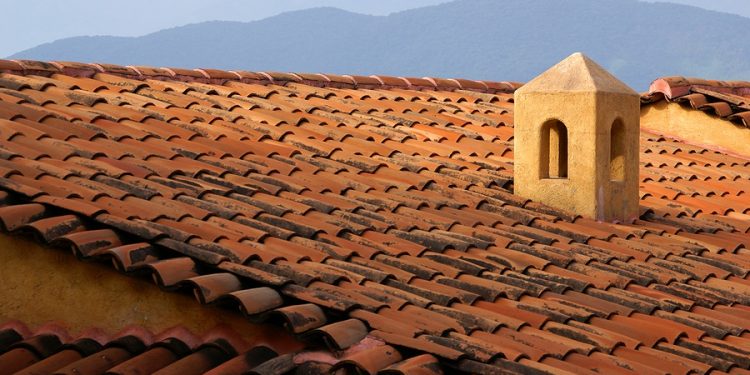
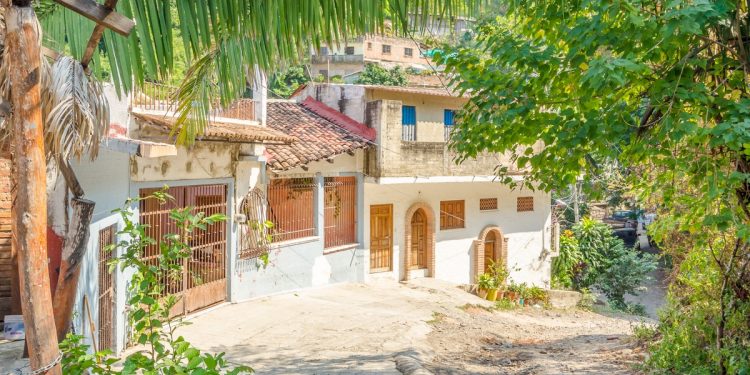




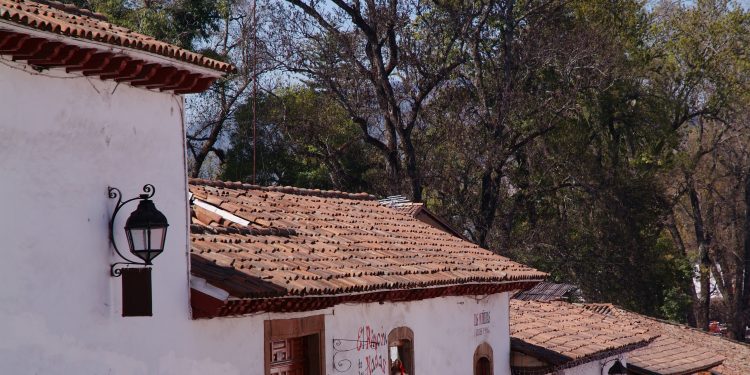
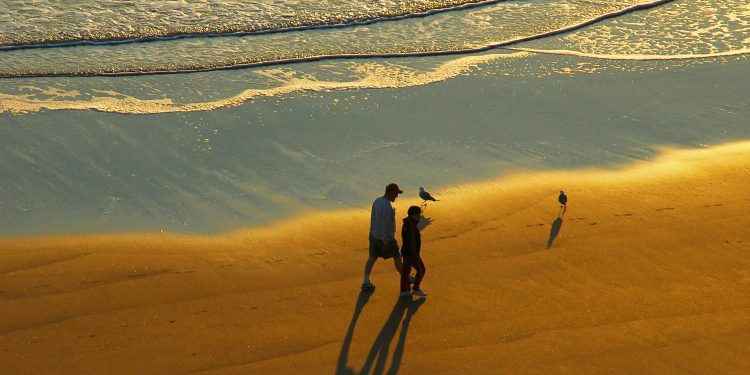
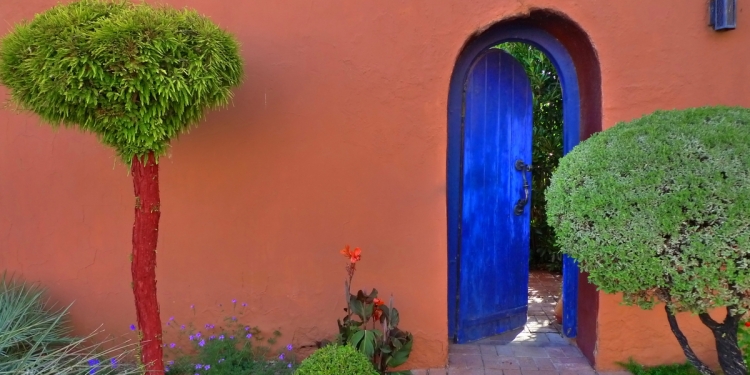

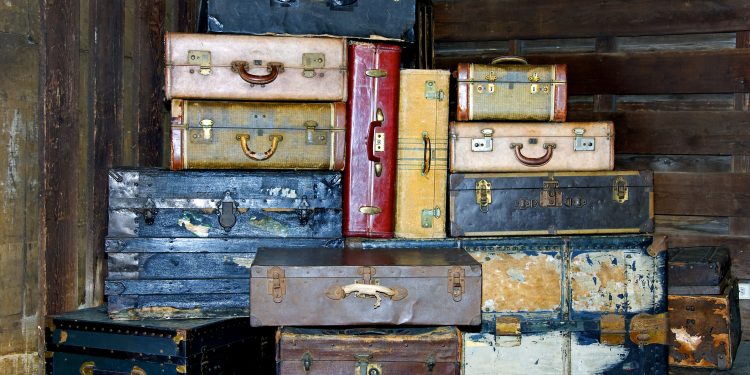
This is an excellent overview of the very broad topic of life as an expat in Mexico. A lot of thought went into it, so thank you. I came to PV when I was 49. I will be 62 in a few months, and I can definitely agree that my criteria have changed. There’s a lot of food for thought in this article, and I’d love to see readers’ comments about expat-friendly places that aren’t as touristy (and humid! ) as PV or as crowded as Ajijic or as expensive as SMA but yet offer many of the same amenities albeit on a smaller and more affordable scale, which is what I meant by “expat friendly.” Hopefully others will read this article and leave their comments.
Hello Al, thank you for your comment.
You can find some more details about places to live on our series, here:
https://www.mexperience.com/discover-places-for-living-working-or-retirement-in-mexico/
There’s a section on ‘Underexplored’ places here:
https://www.mexperience.com/underexplored-places-to-live-in-mexico/
Other readers might chime-in in due course with specific comments; meanwhile you might explore places like Cuernavaca, Campeche, Merida, Guanajuato, Comala & Colima, or if you want something further out, perhaps San Cristobal de las Casas in beautiful (tho’ more remote) Chiapas.
Wishing you well as you consider your options.